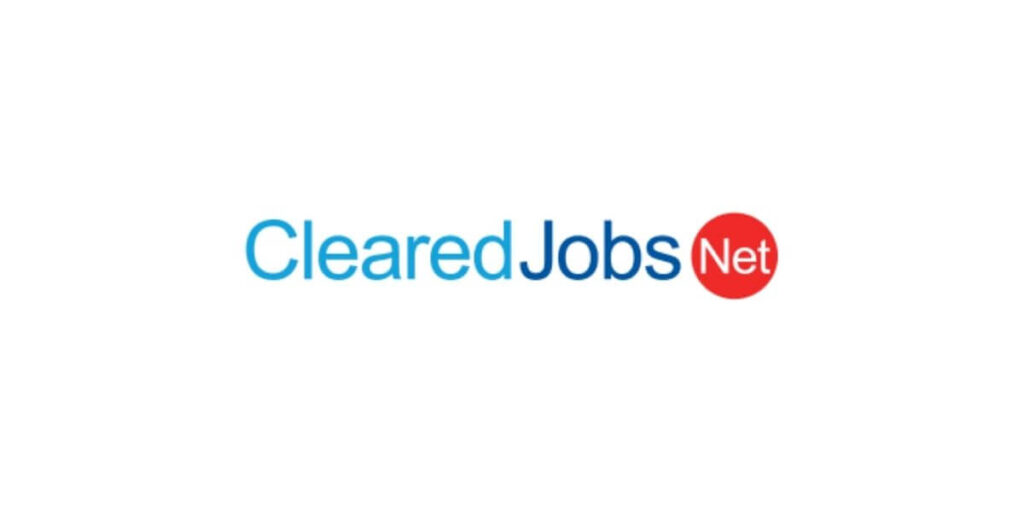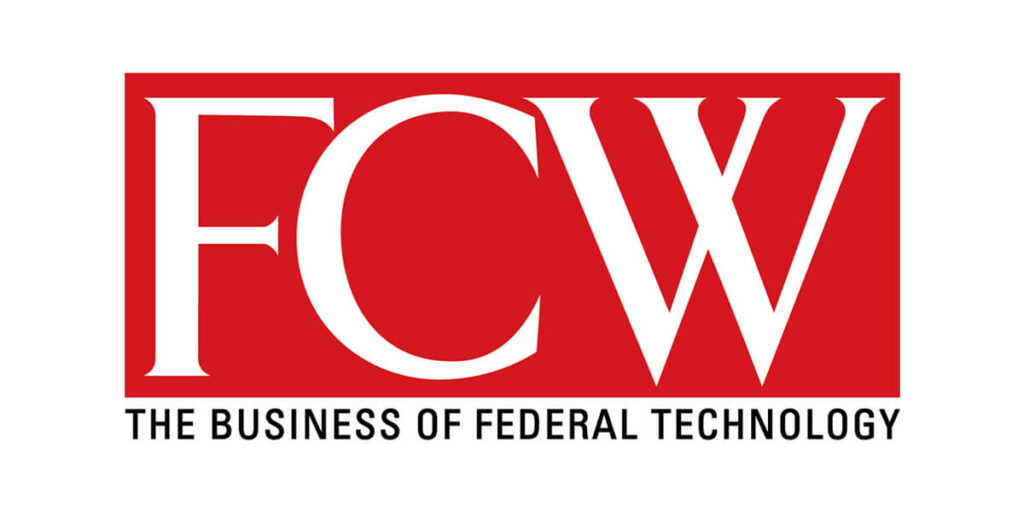The misuse of information technology systems in relation to national security clearance is governed under Guideline M, Use of Information Technology Systems in the Security Executive Agency Directive 4 (SEAD 4). Under Guideline M, the government may have security concerns related to the misuse of information technology systems as it tends to show an inability to follow laws, rules, and regulations and thus creates a heightened risk of coercion, exploitation, or duress.
The main concern that is typically alleged by the government in a Statement of Reasons (the document issued by the government expressing the security concerns) revolves around unauthorized use or entry into any information technology system. This can include incidents such as using a co-worker’s password or computer to gain access to a government computer or system, downloading or storing any sensitive, classified, or proprietary material, or negligent or relaxed security practices. Furthermore, you don’t even need to have engaged in this behavior intentionally or deliberately for you to be disqualified from obtaining a security clearance. Therefore, the question that must be asked is, can any misuse of government information technology systems really cause me to have a security clearance denied or revoked? In short, it can, depending on the circumstances.
On several occasions, Guideline M becomes germane after it is determined, whether through self-reporting or routine monitoring, that a misuse of an information technology system has occurred. The most common incidents are related to the use of a co-worker’s password or using the information technology system in a way that is against government or company policy, such as usurping installed protections to visit unauthorized websites while at work or even downloading or inserting unauthorized media into the system.







